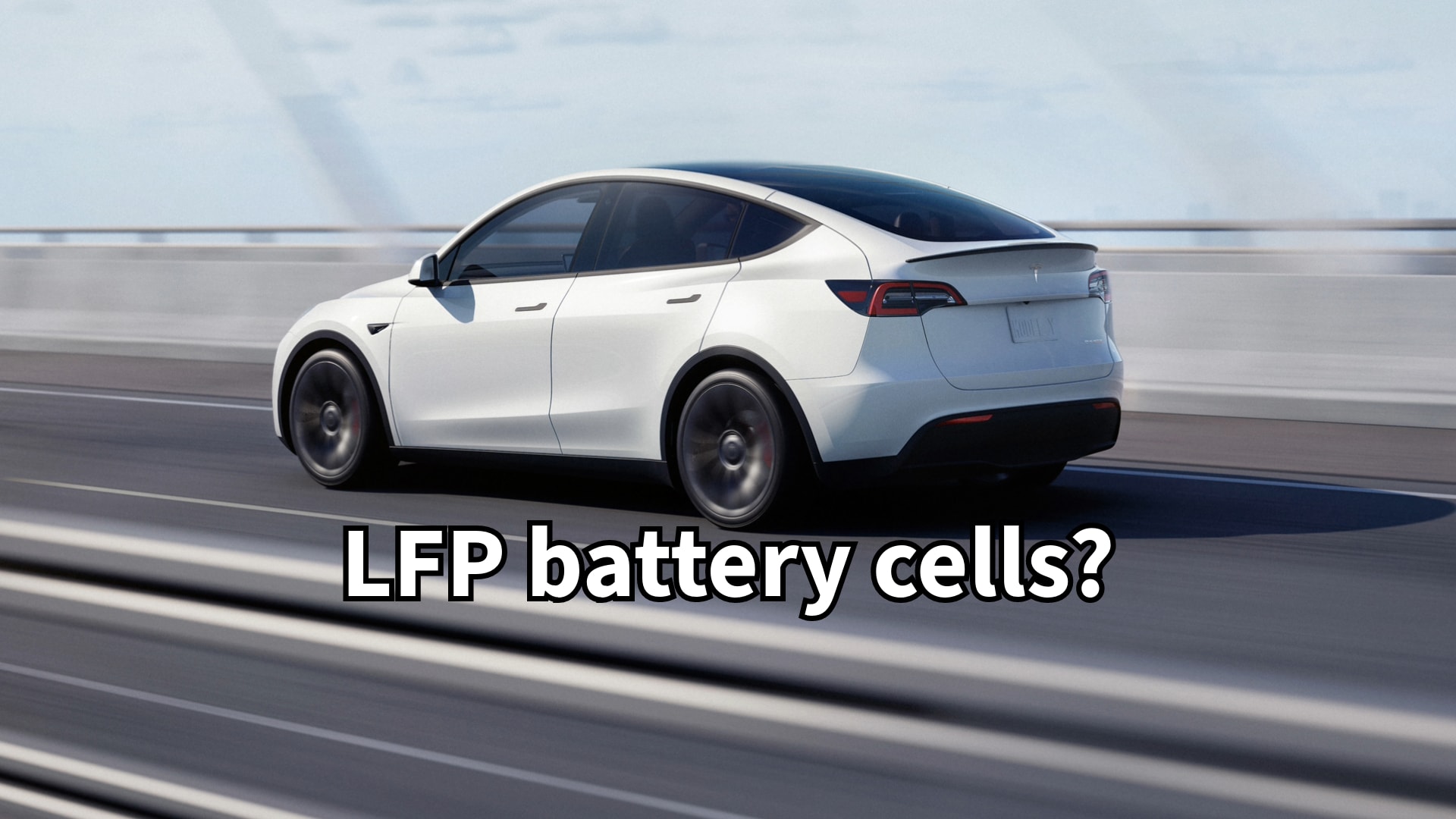Hello All,
So I commute 5 days a week for about 150 miles round trip. Sucks, I know but the pay is very good, and my mortgage is dirt cheap compared to what I make now (wouldn't be so cheap if I live and reside in Bay Area).
Total Miles is about 150-mile round trip every weekday. That would be around 60%-65% of battery usage every day. So, which would be better for longevity and battery health in the long term?
So I commute 5 days a week for about 150 miles round trip. Sucks, I know but the pay is very good, and my mortgage is dirt cheap compared to what I make now (wouldn't be so cheap if I live and reside in Bay Area).
Total Miles is about 150-mile round trip every weekday. That would be around 60%-65% of battery usage every day. So, which would be better for longevity and battery health in the long term?
- Set limit charging to 80% every night and return at night at with less than 20%. I usually plug it in, and car won't charge until after 11PM. I really have to watch my speed, but as long as there is traffic, which is almost every day, I can make it within expected range.
- Set limit charging to 85% to 90% which allows me to return at night above the 20% mark, less range anxiety and able to make it home comfortably if I happen to drive somewhere during the day.




